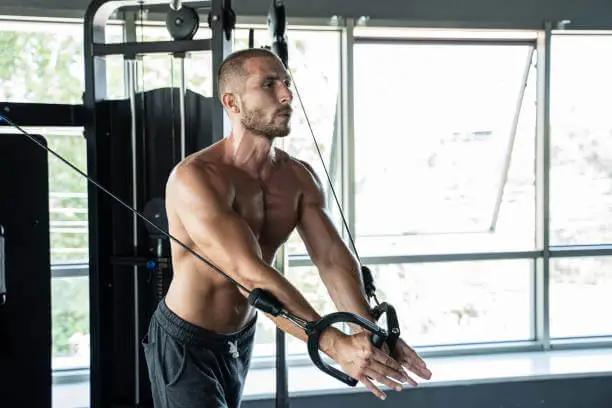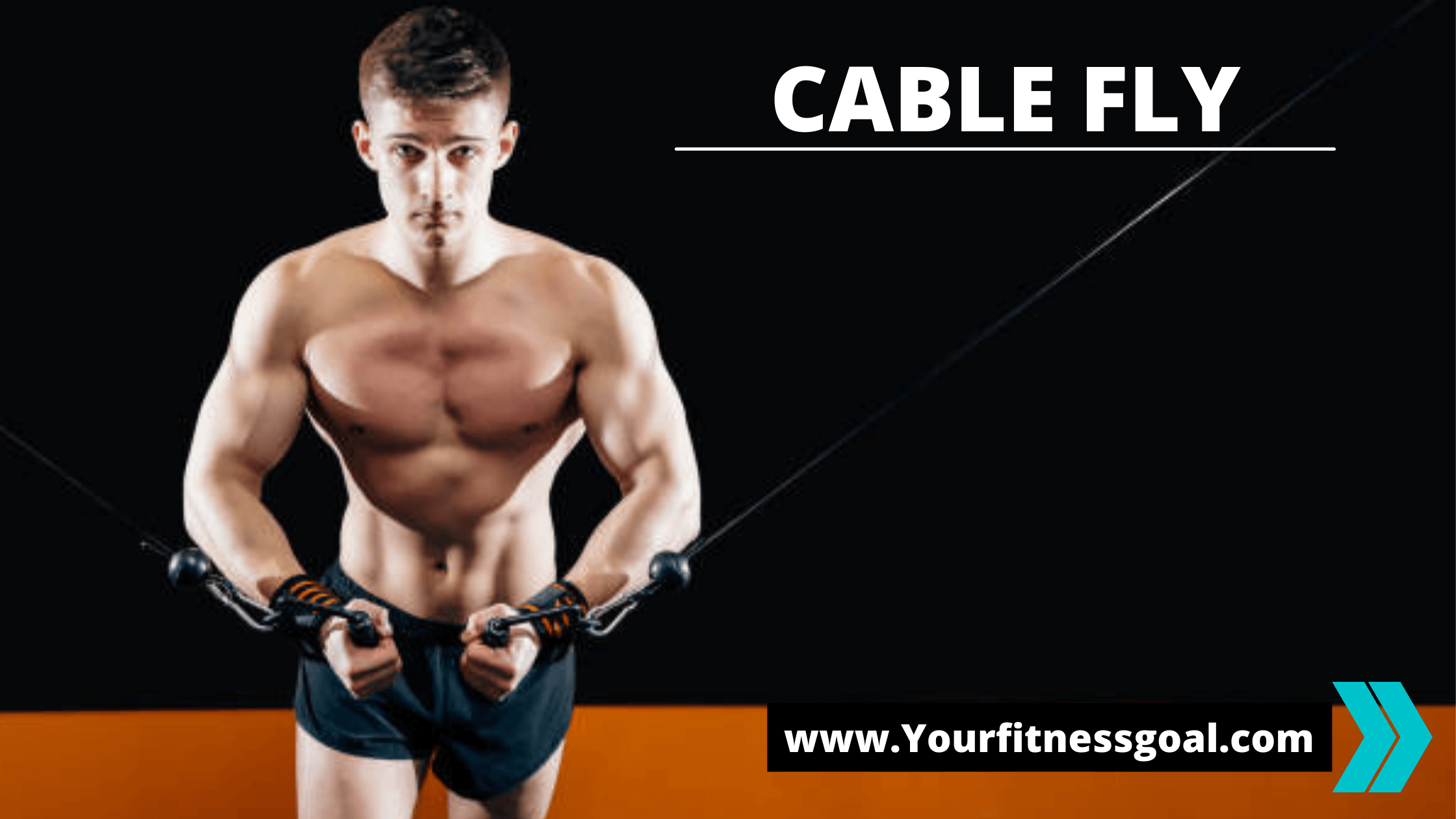If you spend enough time around fitness equipment, you’ll notice that each one has its personality: the VersaClimber is a drill sergeant, the assisted pull-up is a science geek, and the cable row is a blue-collar hero. The cable chest fly, on the other hand, needs to be the party animal.
Standing cable flys aren’t as exhausting as squats or lunges, and they’re not as humiliating as pull-ups. They’re a small dose of ego pleasure after you’ve faithfully swallowed all your greens and vitamins, and they’re dessert after a strenuous exercise. They’ll give you a show-stopping pump in your chest muscles while allowing you to strike a bodybuilder position in public without fear of condemnation. Seated cable flys are also a good approach to hit those targeted chest pecs.
Cable chest flys are another excellent approach to strengthen your pectoral muscles while preserving your joints. “Adducting your arm over your body is one of the key responsibilities of the chest muscles,” explains Openfit’s fitness coach Cody Braun. “The cable chest fly does exactly that.” This is a fantastic choice for folks who have joint pain when doing the bench press.”
How to Do the Cable Chest Fly With Perfect Form

- Stand between the two stacks and adjust the pulleys on a dual-cable machine to chest height. Take hold of the handles.
- Raise your arms out to your sides, palms facing front, and take a step or two forward to build stress on the wires while keeping your back straight and core engaged. Place one foot in front of the other and stand.
- Bend your elbows slightly, but not so much that they go behind your shoulders. This is where you’ll begin.
- Pull your hands in broad arcs in front of you, pausing until they contact, and then gently returning to the beginning position. With each set, switch your forward foot.
Tips
- Before selecting a hefty weight, concentrate on form.
- Pull the grips together while exhaling.
Variations
- Seated cable fly
- low cable fly
- Incline cable fly
- Flat bench cable fly
How to Make the Cable Fly Harder (and Easier)
The single-joint standing cable fly is designed to increase tension in a specific muscle group. As a result, from the stretch at the start of the exercise to the strong contraction at the finish, you want to feel the cable chest fly. With too much weight, this isn’t possible even if it is a high cable fly or low cable fly.
Sure, as with any other strength-training action, you’ll want to gradually increase resistance on the cable chest fly, but do it cautiously doesn’t matter if you are doing high to low cable fly. Change the tempo instead of rushing to gain weight. You may increase your time under stress by slowing down the eccentric (negative) component of the action and retaining the contracted posture for a second or two. This is a known stimulus for muscle growth.
The “1.5” approach is another option to increase time under tension: pull the handles together, fully tightening your pecs, then let them go halfway and fully contract them again, squeezing your chest muscles as hard as you can. By repeating the most difficult element of the exercise twice on each rep, you’ll make the set much more difficult — and you’ll feel it much more the next day.
Benefits of the Cable Chest Fly
Cable flys are a fantastic option for folks who have joint discomfort when doing the bench press. The cable chest fly alters the angle of the action enough to reduce possible joint stress with adequate shoulder-blade stability.
Cable chest flys also apply significant strain on the muscle throughout its entire range of motion. That can’t be true for bench-pressing variants (where your bones hold the weight when your arms are vertical) or dumbbell flys (where there’s a lot of strain on the muscles when your arms are spread wide but practically none once they’re vertical).
The cable system provides your muscles with practically continuous-time under strain as well as a powerful pump, both of which can aid in muscular building.
Muscles Worked in Standing Cable Chest Flys
Primary muscles worked: Chest
Secondary muscles worked: Front Deltoid
The pectoralis major and minor muscles of the chest are the goals of the cable chest fly, as stated in the name of the exercise. Only the pec major is visible, and it is responsible for arm adduction (drawing your arms together in front of you, as when hugging or applauding), as well as inward rotation and elevation. The pec minor is a layer deeper than the pec major, and it pulls the shoulder blades down and forward.

Hey, y’all! I’m Akshay!
I’m SO excited you’re here! I’m super passionate about nutrition and specialize in teaching others how to lose weight through healthy, low-carb eating along with Yoga and exercises. Here at Yourfitnessgoal, we believe in quality over quantity and that diet is EVERYTHING when it comes to your health and well-being. In short, we believe in a Fit and healthy lifestyle.

